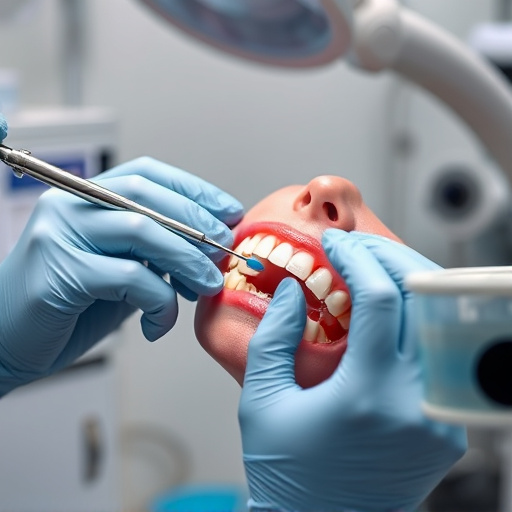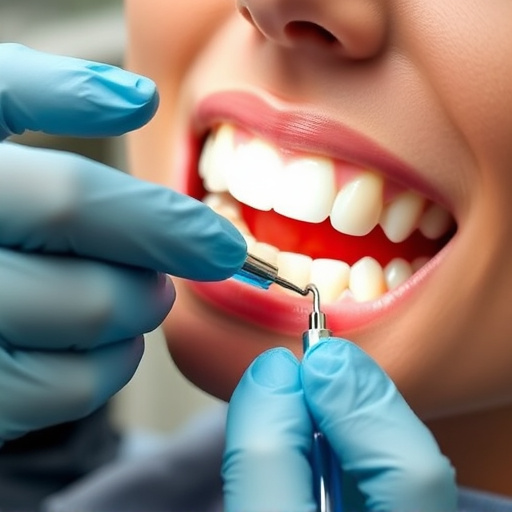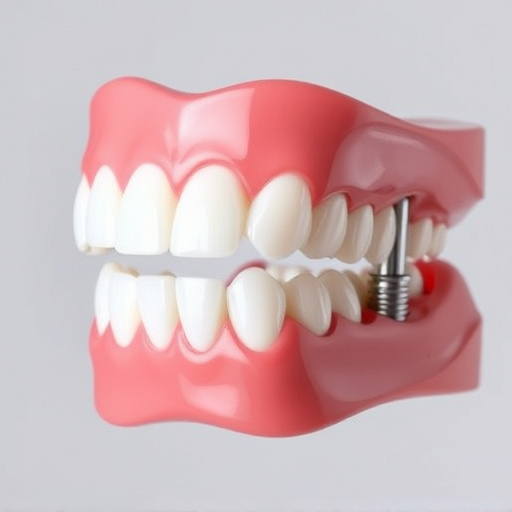Oral sedation dentistry provides long-lasting effects (4-6 hours) for procedures like teeth cleaning and cosmetic treatments, reducing time commitment and maintaining dental routines. Duration varies based on medication, patient health, BMI, age, and metabolism, with tailored dosing for children and comorbidities. Qualified professionals ensure safety through consultations, medical assessments, and post-sedation care advice.
“Unwind and overcome dental anxiety with the transformative power of oral sedation dentistry. This non-invasive approach promises a relaxing experience, but how long does its effect truly last? Delve into this comprehensive guide to uncover the duration of oral sedation’s calming effects, explore factors that influence its potency, and discover the long-term impacts—alongside essential safety precautions—to ensure a secure and anxiety-free dental journey.”
- Understanding Oral Sedation's Duration
- Factors Influencing Sedative Effects
- Long-Term Impact and Safety Precautions
Understanding Oral Sedation's Duration
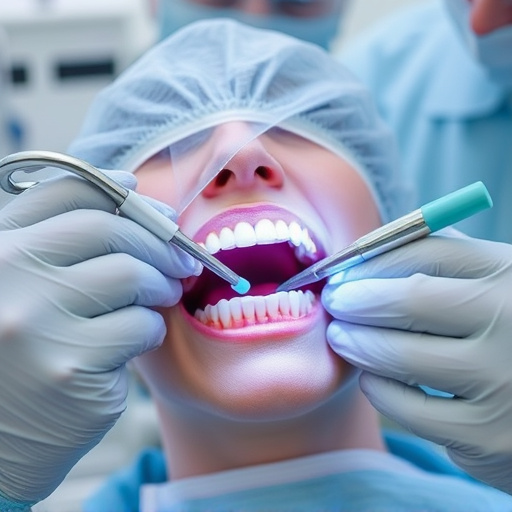
Understanding Oral Sedation’s Duration
Oral sedation dentistry offers a unique advantage in terms of its effects’ longevity. Unlike other forms of sedation, oral sedation provides a relatively long-lasting experience, typically lasting between 4 to 6 hours. This duration is highly dependent on the patient’s overall health and the specific sedative medication used. The effect begins almost immediately after taking the medication, offering a calm and relaxed state that can make various dental procedures more comfortable.
The longer duration of oral sedation makes it particularly beneficial for extensive treatments like teeth cleaning, cosmetic dentistry, or even clear aligner therapies. Patients can undergo multiple procedures during a single visit, reducing the need for multiple sedated sessions. This efficiency not only saves time but also helps in maintaining a consistent dental routine without causing significant disruptions to daily life.
Factors Influencing Sedative Effects
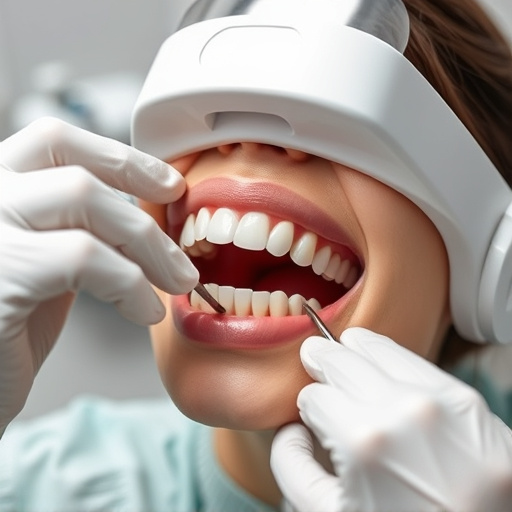
The duration of oral sedation dentistry’s effects can vary greatly among individuals due to several factors. One of the primary influences is the specific sedative medication used, with different drugs having varying half-lives—the time it takes for the drug’s concentration in the body to reduce by half. Another significant factor is the patient’s metabolism, which determines how quickly their system processes and eliminates the sedative. Body mass index (BMI) can also play a role; individuals with higher BMIs may experience longer-lasting effects due to the medication’s slower absorption and distribution.
Age and overall health are additional considerations. Children’s dentistry procedures might require different dosing or medications than those used for adult patients, as children’s bodies process substances differently. Comorbidities or certain medical conditions can also impact drug metabolism, potentially extending or reducing the sedative effects. Understanding these variables is crucial in managing patient expectations and ensuring safety during and after oral sedation dentistry procedures, whether it’s for dental bonding, children’s dentistry needs, or more advanced treatments like dental implants.
Long-Term Impact and Safety Precautions
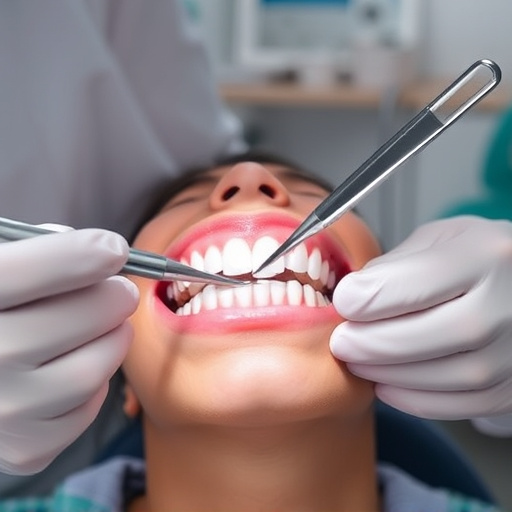
The long-term impact of oral sedation dentistry is generally considered safe and effective when administered by qualified professionals. Sedatives used in this procedure are designed to wear off over time, allowing patients to regain full consciousness and cognitive function. However, it’s crucial to remember that individual reactions may vary. Some individuals might experience residual effects for a longer period, especially if they have higher tolerances or take certain medications. Therefore, post-sedation care is essential, including adequate rest, hydration, and following the dentist’s specific advice.
Safety precautions are paramount in oral sedation dentistry. Patients should undergo a comprehensive consultation to assess their medical history, current medications, and overall health. This step ensures that the dental team can account for any potential interactions or complications. Additionally, routine oral exams and check-ins after the procedure help monitor patient recovery and address any concerns promptly, ensuring optimal long-term outcomes.
Oral sedation dentistry offers a convenient and safe option for managing dental anxiety, with effects typically lasting several hours. The duration can vary based on individual factors and the specific sedative used. Understanding these variables is crucial for both patients and dentists to ensure optimal treatment outcomes. By considering the factors influencing sedative actions, professionals can tailor their approach, providing a comfortable and effective experience for those seeking oral sedation dentistry. Remember, proper safety precautions and ongoing research contribute to the long-term impact of this innovative dental solution.








